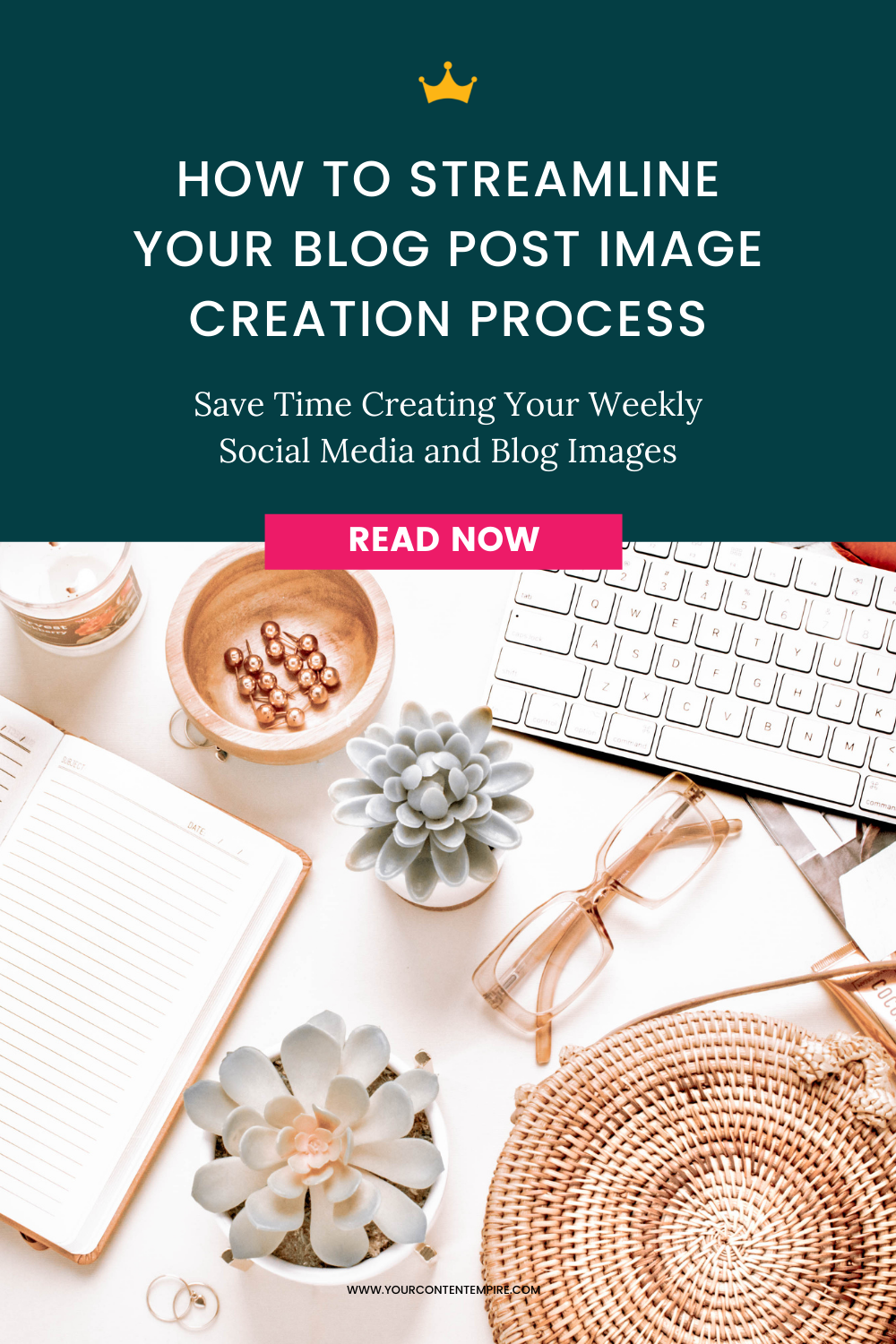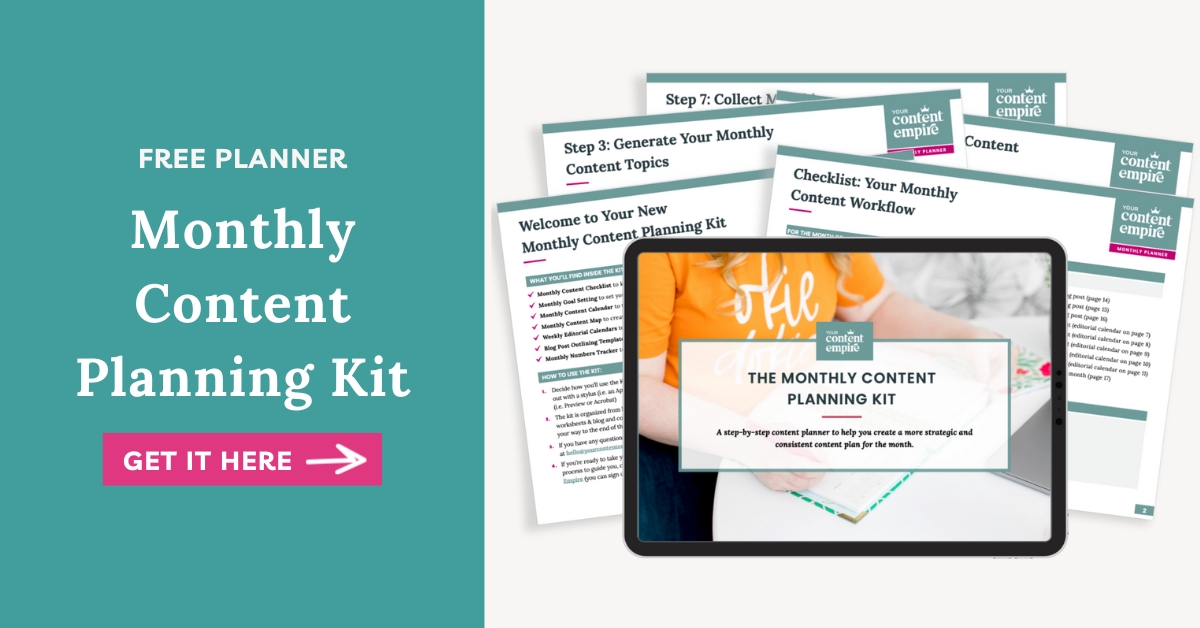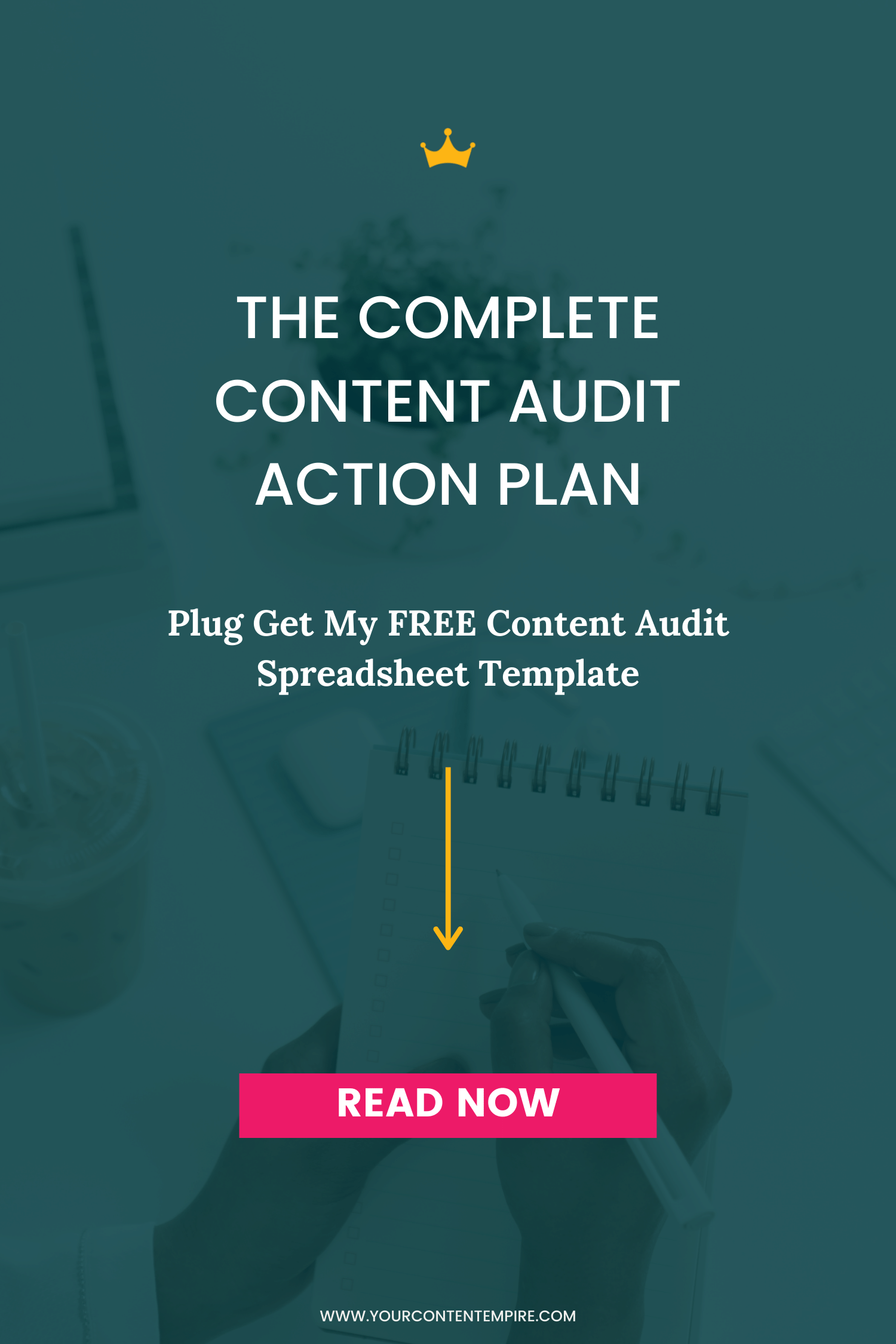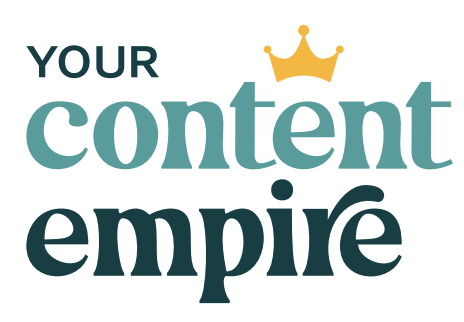One of the most time-consuming processes with blogging is having to create blog post images. We all know how important images are for building your brand + enticing people to read your post, but who has that kind of time?
Your secret weapon? Branded image templates.
Having branded image templates not only make your post recognizable when people are scrolling through their social media feeds, it will also help you save mega time with a streamlined, efficient process.
Here is your cheat sheet for creating your branded blog image templates!
Step 1 – Have Your Blog Style Guide in Place
Even though you probably already have a style guide for your brand and website, it can really help you stay consistent (and make formatting and outsourcing much quicker) if you have a style guide especially for your blog.
A Blog Style Guide includes key elements of your overall brand style guide (colours, fonts), but focuses on specifying Header Styles and Image Styles.
Step 2 – Create Your Branded Templates for Blog Post Images
We want to create your branded images templates in a tool like Photoshop, Canva or Adobe Spark. That way you can save the templates, so that everytime you have to create a new image, you can pull up the template, change the background photo and the text and voila, you’re ready to publish!
Here are some tools, tips and resources for creating yours:
Tip: Assess What You Already Have
Instead of starting from scratch, take a look at what you already have. You can build the rest of your templates around these or use these as a base for creating a whole new suite of branded image templates.
Here are some questions to ask of your current image templates:
• What image templates do you currently use consistently for your blog posts?
• Do you have your brand fonts defined?
• Do you have your brand colours defined? A list of hex codes pulled together?
• Do you have your logo files stored in an easily accessible place?
• Do you like your image templates?
• Are they effective? Eye-catching? A good representation of your brand?
Resource: 10 Types of Blog Post Images You Can Create
1. Facebook/Twitter-sized
2. Instagram-sized
3. Pinterest sized
4. Infographic templates
5. Content upgrade templates
6. Quote image templates
7. Behind-the-scenes and process image templates
8. Collage image templates for snapshots, pictures of resources/tools/products
9. Question prompt image templates
10. Content upgrade templates
Resource: My Favourite Stock Image Sources for Feminine Stock Photos
• Haute Chocolate (http://www.hautechocolate.ca/)
• Stocksy (https://www.stocksy.com/)
• Death to Stock Photos (http://deathtothestockphoto.com/)
• Adobe stock (https://stock.adobe.com)
• Creative Market (https://creativemarket.com/)
• Etsy (http://www.etsy.com/)
Tip: Key Ingredients to Include in Your Templates
• Your Logo and/or website URL
• Easy-to-read Blog Post Title
• Title and Description (Blog Post Title by Your Business Name)
• Consistent Color Schemes and Fonts Based on Your Website and Brand
• Photograph, pattern or solid color
Step 3 – Take a Moment to Jot Down Your Process for Blog Post Images
Once you have your process, jot down the steps you’ll take to create a new image using the templates. Also gather your image template files (if you’re using Photoshop) or the links to your templates (if you’re using Canva).
Don’t skip this step. This will make it really easy to stay consistent, hire someone to help you and start building systems in your business.












